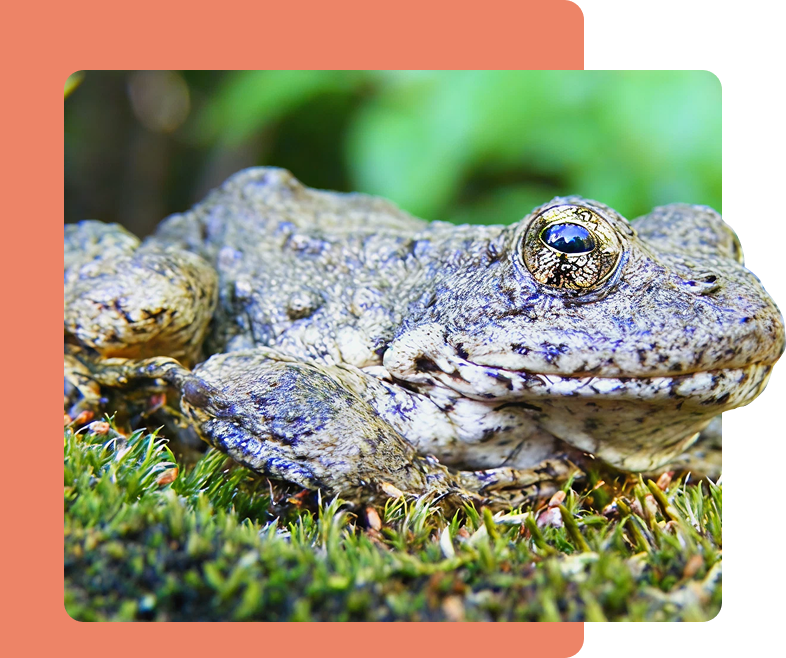The foothill yellow-legged frog is a small frog that lives in California and Oregon. It’s called “yellow-legged” because—yep, you guessed it—the back of its legs are bright yellow, like it’s wearing tiny lemon-colored pants.
It doesn’t croak a lot or hang out in big ponds like some frogs. This little guy loves shallow rivers and streams, especially the kind with rocks and cool, moving water.
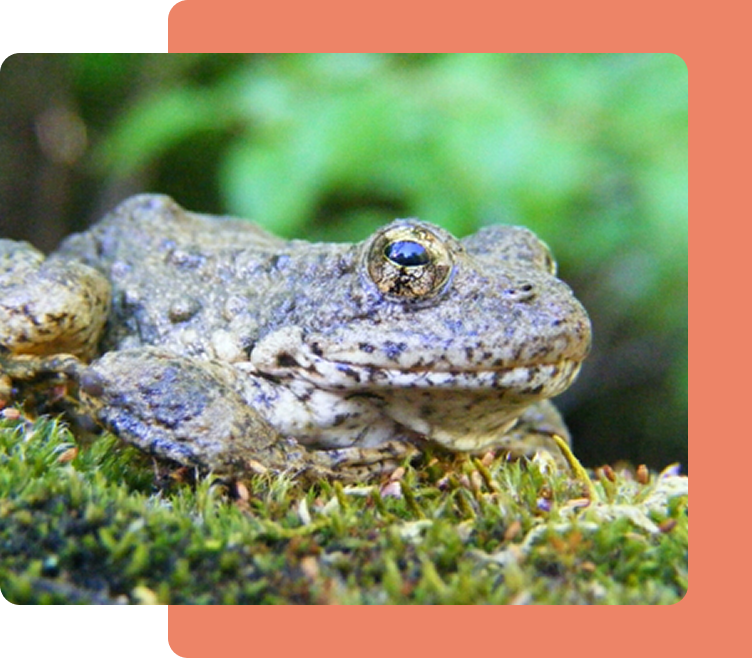
You’ll find this frog in places with clean water, shade, and rocks—usually out in the foothills, where the land starts to rise up toward the mountains. It’s picky about where it lives. If the water gets too dirty, too deep, or dries up—it’s out.
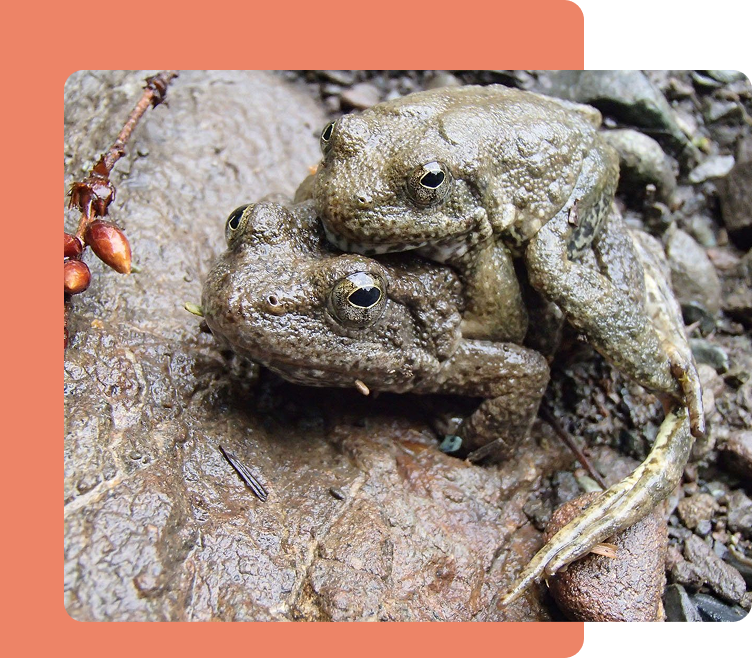
Well, mostly it chills near the water, catches bugs, and avoids becoming lunch for bigger animals. In the late spring or early summer, it lays egg blobs on rocks underwater. Those eggs hatch into tadpoles, which grow into frogs—same story every year if things go right.
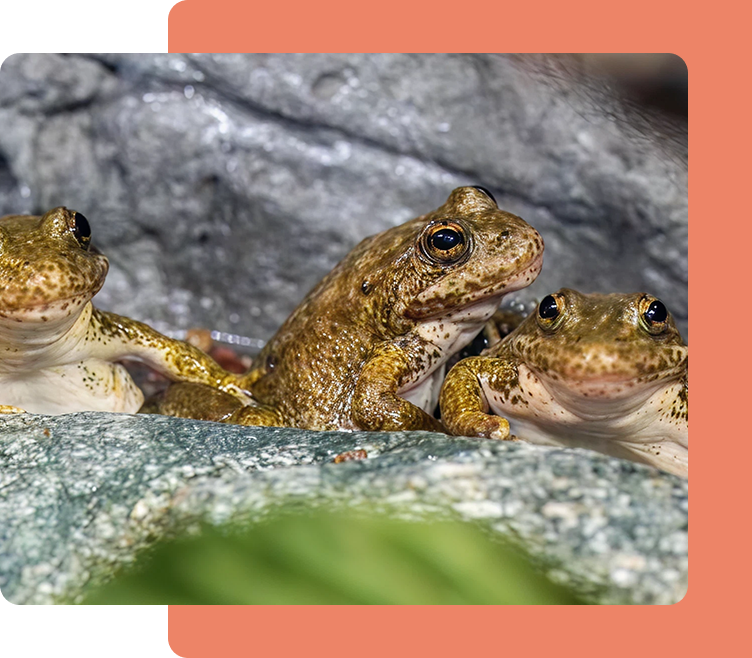
People building dams and roads
mess up the rivers.
Water gets taken away
for farms and cities.
Big floods or droughts
from climate change throw everything off.
Invasive animals,
like bullfrogs, move in and eat the babies.
A nasty fungus
can make frogs really sick.
Scientists are keeping an eye on frog numbers.
Some areas are being protected from too much building or pollution.
Folks are asking the government to give the frog “Threatened Species” status, which means more help and more attention.
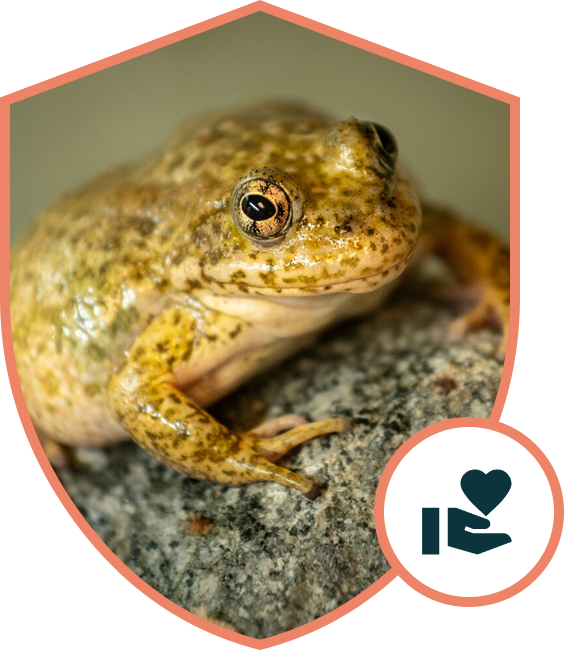
This little frog might not look like a big deal, but it’s part of a bigger story. Frogs help control bugs, feed other animals, and tell us if water is clean. If the frogs disappear, that usually means something’s wrong in the environment—for them and for us.
Saving the frog means saving clean water, healthy rivers, and a better future for everyone—frogs, fish, and people alike.
